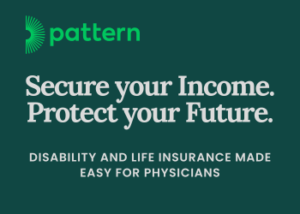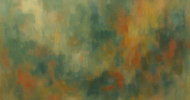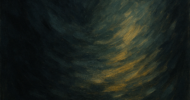It’s 8 a.m. on a Saturday morning in September of my second year of medical school. My brother, father, and I are chucking the used wood from our construction site into a U-Haul, prepping the wood for its ill fate of an indoor dumpster. Hundreds of miles away, many of my classmates are either still sleeping, enjoying the early morning LA sun, or perhaps even getting through their Anki cards for the day—rapidly hitting the spacebar on their laptops. I may not be doing my cards, but I sure as hell am still thinking about tetanus as I gingerly avoid stepping on rusty nails.
This story began in March 2020. COVID-19 had brought the first of many changes in our lives, and with the onset of Los Angeles’s stay at home order, all my classes and labs were moved to a virtual platform. I returned home to Oakland only to walk straight into my parents’ mammoth undertaking of building a new home for themselves. Suddenly, I was in a foreign world, one where there are different types of dirt and concrete.
However, after months of daily visits to the site, I realized how construction is much like medical education. Both are constantly changing, keeping what works best, and tossing what doesn’t. Both require extreme patience and a great deal of resources. While not a perfect analogy, I am struck by how many parallels I can make between building a house and medical education. Once accepted by the city’s planning commission, perhaps analogous to the admissions committee, you begin a series of compromises, all influenced by your budget, location, resources, and support structure. Grading the site, which involves creating a level base for the construction, is like your orientation at the start of medical school. Much of grading consists of moving the ample amount of dirt to where it needs to go and getting rid of the dirt that’s not needed. Orientation is much the same. Professors and administrators take your conceptions about medical school and arrange them appropriately (yes, you will get to see patients during your first year) and get rid of the ones that aren’t true (no, you probably won’t be delivering a baby during the first month).
Next is the foundation—a long, arduous process with lots of reinforcing bars and concrete, and when you’re finished, it doesn’t really look like you’ve done much. However, after you start walking around the concrete walls, each floor of the house’s boundaries start to click into place, creating a rough outline of the structure. This is your physiology education. You learn about the lungs’ anatomy and physiology and maybe about the few most common lung pathologies like COPD and asthma. But then you read a journal article on lung cancer for your problem-based learning class and suddenly find you have the foundation to understand much more than you thought you would, realizing the patient’s shortness of breath is due to the tumor’s obstruction of airways.
Finally, you reach the last step of creating a shell of the house, the framing. It’s when you piece it all together. You can finally visualize where your bedroom and bathroom are and how all the rooms interconnect with each other. Framing is your pathology coursework. You build your knowledge on your foundation, physiology. You start to realize which diseases are localized to a certain region versus those that are systemic. You learn to integrate concepts across body systems and focus on the patient as a whole.
So, you have a shell of a house, what’s next? You work with your clinical attendings, the specialists. You observe your stucco team completing the fine plaster of your external wall surfaces. You watch your mason lay the veneer on the walls of the bottom level. Through each of these, you are there, absorbing each team’s process and learning each service’s general principles.
At times, the educational process seems never-ending, but at some point, we realize that this is what it means to become a physician. Education does not stop with graduation. There’s always more to learn and more to add to our frameworks. In some cases, we may even need to redecorate, swapping the old guidelines out for the new. Medicine isn’t stagnant. It needs constant upkeep to be at its very best, just like a house needs to be dusted and repainted routinely to look its finest.
COVID-19 has allowed all current medical students to redefine the normal in medical education. With online lectures and labs, many of my peers have gained the luxury of time and flexibility to relocate to wherever there is a WiFi connection. Many of the classic activities we consider ideal for our resumes are no longer feasible, giving us the freedom to explore other interests. For some of my classmates, this meant 20-mile bike rides around LA, perfecting their banana bread recipes, or writing a children’s book. For others, it meant caring for their loved ones who may be ill and vulnerable during this time of uncertainty. For me, it meant driving hours inland to pick up pipes and learning how to read construction plans.
This pandemic has brought pain, suffering, and exponential changes to many of our lives, but seldom do we hear about positive outcomes. I would argue that COVID-19 has brought positive change for many preclinical medical students. It has provided the opportunity to spend time and energy on interests outside of medicine or with our loved ones. It has allowed us to become more than just medical students. Medical education should provide students with the time, space, resources, and support necessary to explore who they are and what they enjoy outside of medicine. As medical students enter residency and approach their professional careers, this time of exploration in medical school may be the solution to burnout, allowing them to rediscover passions that can help carry them through the rest of training.
Nikitha Kosaraju is a medical student.
Image credit: Shutterstock.com

























![Better dizziness diagnosis through skilled exams [PODCAST]](https://kevinmd.com/wp-content/uploads/Design-3-190x100.jpg)

